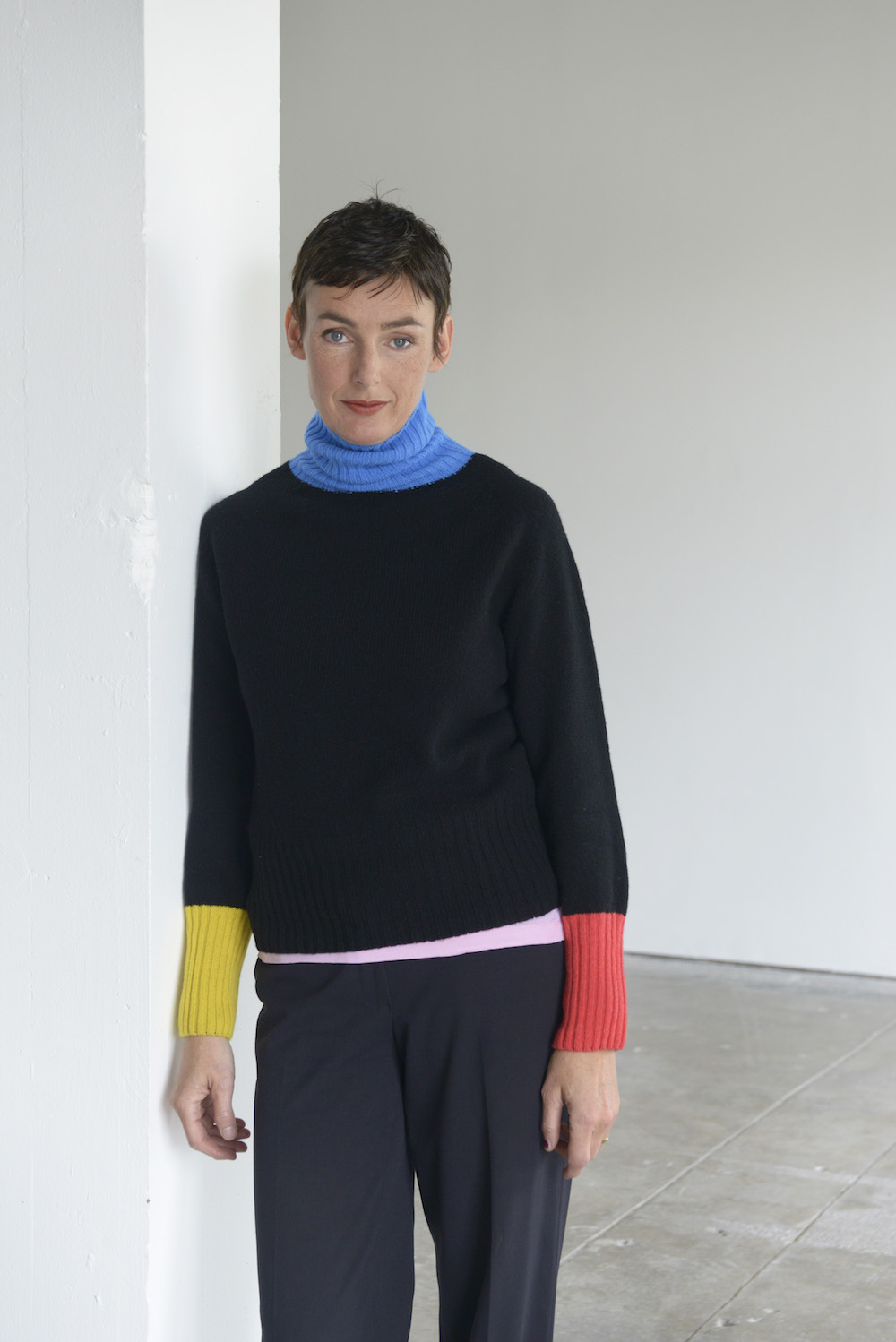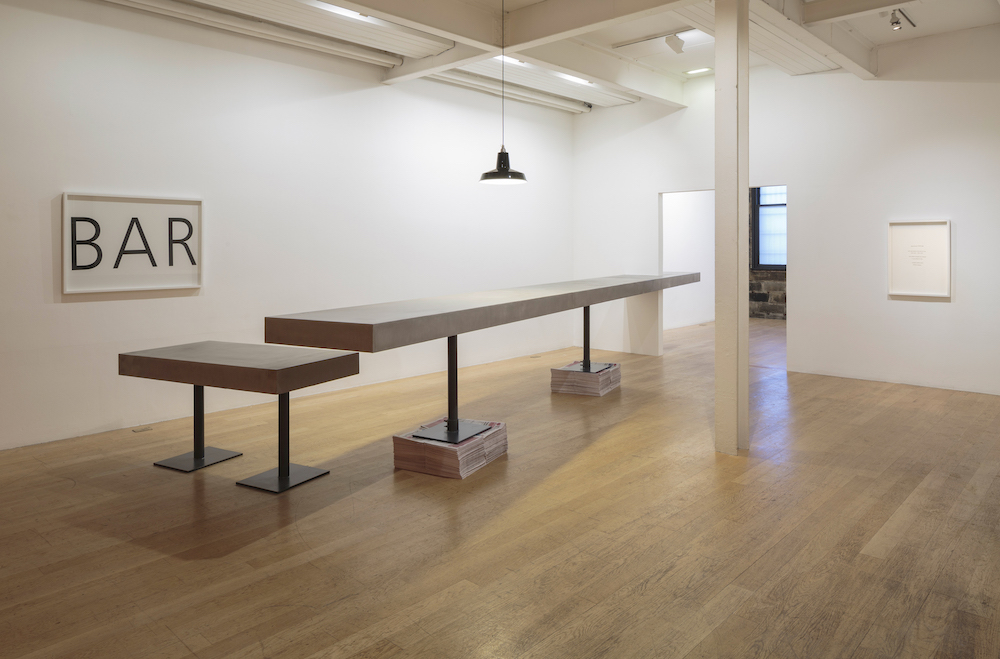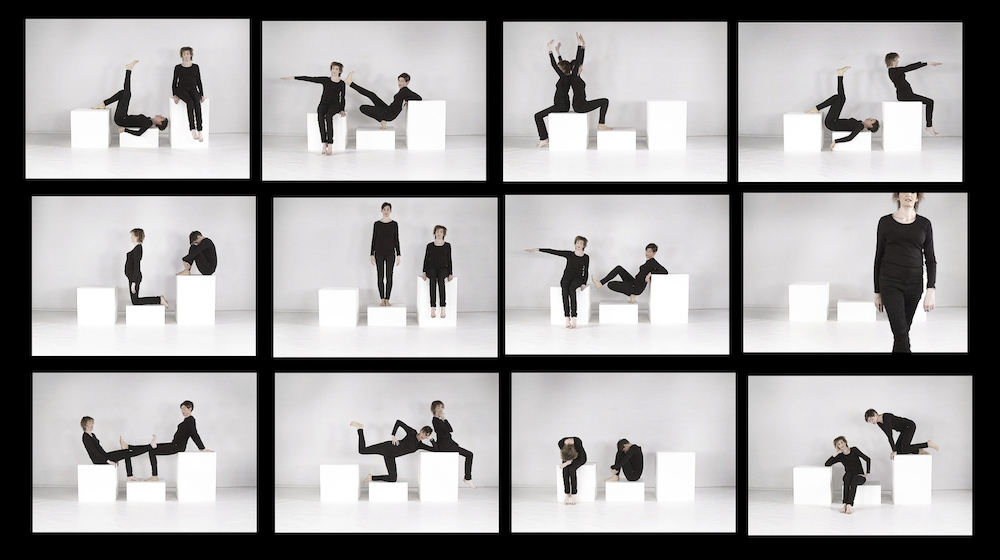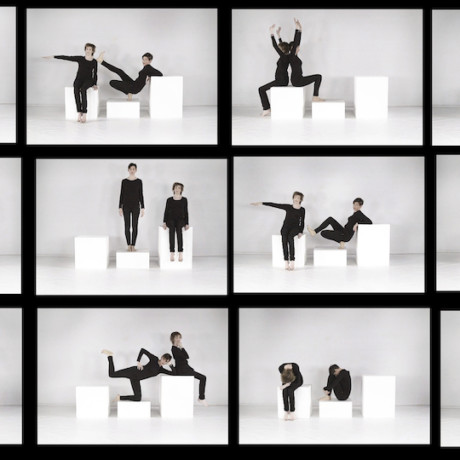
A temple reimagined as a camping trailer, a bar offering free advice and sculptures you can stand and sit on: three things you can expect to find at Jacqueline Donachie’s latest show. The exhibition is part of the inaugural Freelands Award, which was established to support the work of women artists mid-career.
What do you think are the main problems for women artists mid-career today?
I see my own career as being very looping, or cyclic. It is certainly not a straight road. The main problem I see for women artists mid-career (and also many men), is how to earn a living. I think that’s why women drop out more—they do the degree and all the young artist stuff then they just get tired of the lack of stability and boom or bust nature of the trade. They seek regular work, a salary, for the most practical of reasons. Often, but not always, they have kids—which also requires money and takes time away from working. Even if the salaried work is part-time if your time is divided by a third way (a young family) it becomes very hard to keep up your art practice. I have always said I could split myself in two, not in three. And I think that this time can be undervalued, or even ignored or hidden, which is a shame.
“The main problem I see for women artists mid-career (and also many men), is how to earn a living.”
I really value the contacts and experiences I have made through alternative networks—disability forums, school and nursery-gate friends (two of whom proofed my PhD thesis for me, one of whom is currently advising me on the legal profession in Scotland). I learned more about people management, planning regulations and governance on the PTA of my kid’s school when they tried to close it than I ever did at art school. We took on the council and won. Those skills and connections stay with you.

Can you tell me about the Advice Bar, what do you remember about the first presentation of the work, the reception and response the first time you did this work in New York?
When I first went to America in 1995 (on a Fulbright scholarship) I was shocked at the lack of any state-provided social systems—things that for me had always been provided by the state in Scotland. Health care, education, social care etc. I saw women on Broadway set up a portable table every weekend to voluntarily offer advice to anyone who couldn’t afford to pay professional fees—nurses for health problems, lawyers for legal matters. I was also working two jobs, in a downtown bar and for an uptown analyst, and was trying to show a comparison of the values applied to services that people provide (my barmaid wages versus the analyst fee, for example) so I set up a temporary bar in my studio and offered drinks in exchange for problems. The bar was just a table raised up on newspapers to the height of a bar (something you can lean on), and it had a cardboard sign and a light. The class was for Robert Morris. I think he liked it. I then did it a lot in group shows in Europe in the 1990’s, always a very temporary, makeshift structure. The powerful thing for me was that I served who I liked, set my own rules, and that none of it ran with money.
“I set up a temporary bar in my studio and offered drinks in exchange for problems.”
How does that compare to the version you’re now presenting in Edinburgh?
I’ve used the same basic set up for the Bar at Fruitmarket, only this time the bar is nine metres long and made of steel and concrete (though still propped up with newspapers). It bursts through a wall. Its solid and incongruously large (it’s called Advice Bar, Expanded for the Times) and comes out of how I feel politics here and in the US is going, how at risk services we take for granted are becoming. It felt right to bring it out again. But bigger. During the show, it will have pop-up advice sessions with the gallery’s young people’s group, Fresh Fruit, who are all under twenty-five—the age I was when I first did it. I think there is something quite particular about youthful advice, a discussion leaning-in over a sculpture. And at the end we are going to run a full day with as many legal professionals as we can cram into the gallery, trying to unpick free access to professional legal services in Edinburgh, something that is very complex to work through, and very much under threat.

Participation and social engagement is often at the core of your works. Why is that important to you?
I am interested in people, and how they navigate the world—where they gather, what they do. Making art that engages with that seems an obvious thing to do, either through a direct participatory engagement, like the Slow Down cycle works, or through quiet observation. I like to create spaces where things might happen (like the South heated concrete works, or Temple of Jackie).
You have also looked at disability, making a film and a book, and recently completing a PhD on the subject, following personal experiences in your own family.
It’s something that’s there in my life, so I would say that I will always, in some way, refer to it. My interest is in how people navigate the world, and it’s just that many people who are close to me navigate the world differently now. My PhD was titled Illuminating Loss: the Capacity for Artworks to Shape Research and Care in the Field of Genetics, and was built around a film I made from interviews with sister pairs, where one sibling was affected by myotonic dystrophy, an inherited form of muscular dystrophy, and one was not. The film was called Hazel, with a second short piece called Pose Work for Sisters. It was shown to a number of professional groups who specialize in the condition and I examined if the film affected their thinking in any way, then at the Gallery of Modern Art in Glasgow as part of a solo show called Deep in the Heart of Your Brain. I am interested in challenging the way that science views inherited disability.






